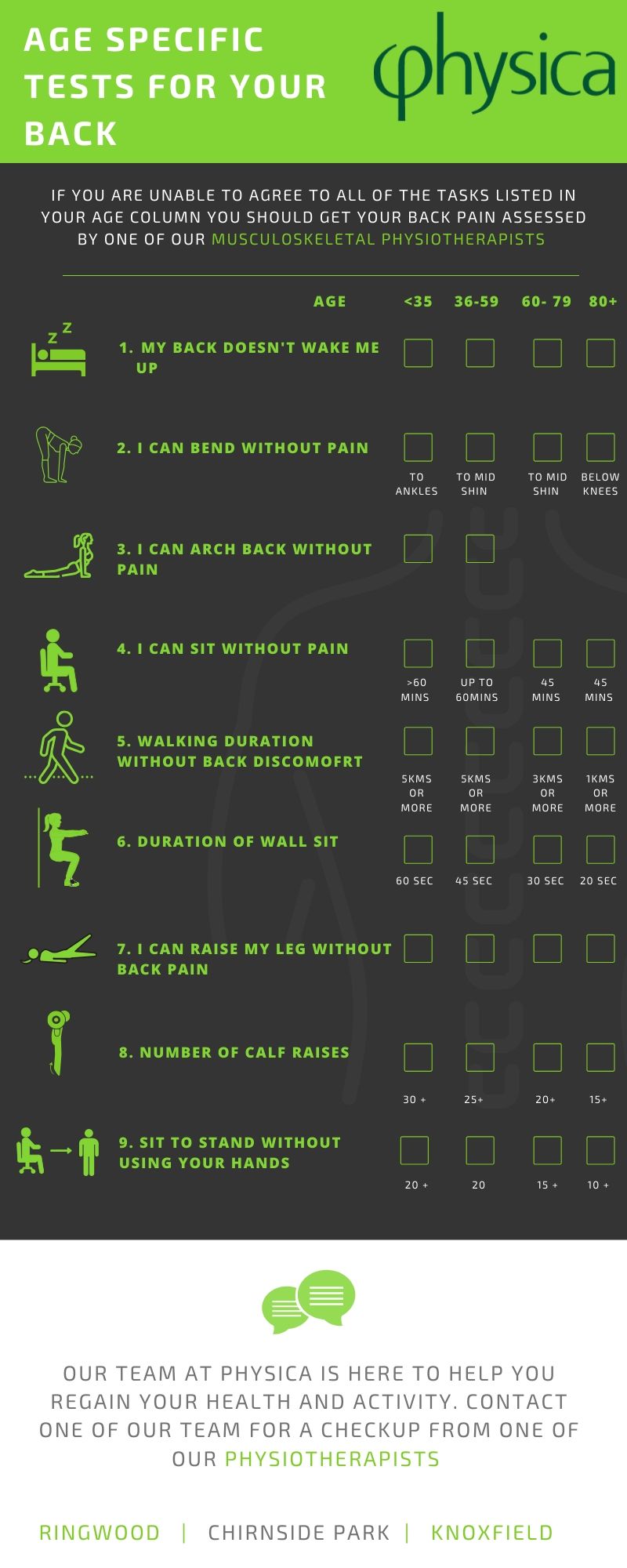Lumbar Spine
Back pain is considered to be pain from any area from below the ribs to the buttock area. In many cases, the back causes referred pain to other regions such as the hip, knee, legs and groin area, sometimes in the absence of actual pain in the back. Approixmately 80% of the population will suffer from back pain at some stage of their lives. In some cases it is temporary, in others it is chronic and debilitating.
Let’s Begin…
LUMBAR CONDITIONS
- Discogenic Back Pain- find out more
- Facet Joint Back Pain find out more
- Lumbar instability- find out more
- Sacroiliac Pain (SIJ)- find out more
- Lumbar Canal Stenosis- find out more
- Lumbar Spine Degeneration/Osteoarthritis find out more
- Spondylolisthesis- find out more
- Chronic Back Pain- find out more
The lumbar spine consist of 5 spinal vertebrae although a small percentage may have 6 and the surrounding muscles.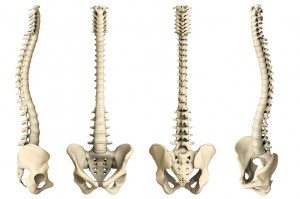
We are well suited to assist you with many types of back pain. Our goals are to assess the source of the problem, assist in settling the symptoms and helping you with management and prevention.
To undertake or download a copy of our age-related back test click the image or button below.
What causes back pain?
POSTURAL STRESS: Poor posture stresses your spine. Ligaments are overstretched, muscles tire and joints and nerves can be put under pressure.
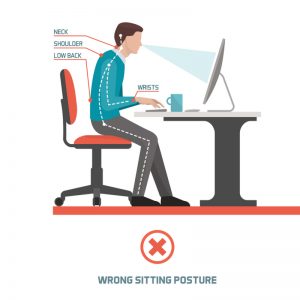
DISC PROBLEMS: Discs separate the vertebrae and act as shock absorbers. They are often injured during lifting, especially when stooped over. Discs can also wear down with age.
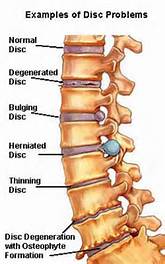
LIGAMENT SPRAINS: Ligaments may be over-stretched, often through sporting injuries or motor vehicle accidents.
SCIATICA: Nerves exit the lower spine and travel into your legs. Irritation of these nerves can cause pain anywhere along their pathway.
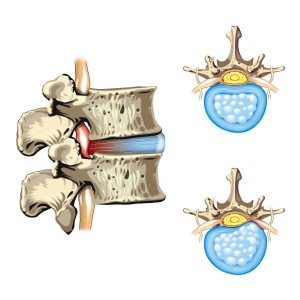
JOINTS: Small joints in your back called facet joints help to guide movement in your back. These joints may be sprained, leading to stiffness and pain. Sometimes, these joints are affected by arthritis, which leads to degeneration.
Helpful hints
LIFTING: Ensure the load is not too large or too heavy. Lift with feet shoulder-width apart, bending at the knees and the hips. Avoid twisting when carrying the load.
EXERCISE: Staying in shape will help to ease the strain placed upon your back. Exercise regularly by swimming or walking.
SITTING: Try not to slouch or slump over when sitting. Do not sit for too long - try to take regular breaks and stand up, stretch, or walk around. A good seat will help support your lower back. If you need more support, consider a lumbar roll.
SLEEPING: A good mattress will help support the normal curves of your spine.
ACUTE BACK PAIN: When you have an episode of back pain, it is important to stay active. Take short, gentle walks as tolerated throughout the day.

